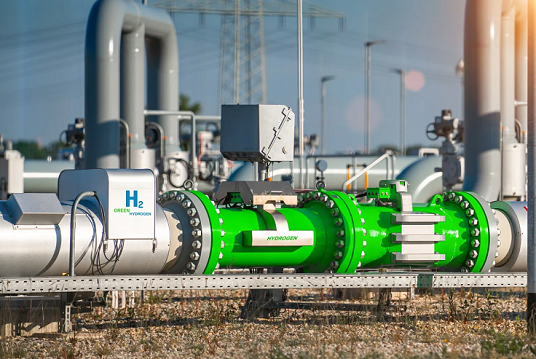
China is set to become the world’s top importer of clean hydrogen over the next decade until it achieves self-sufficiency around 2050. Its own domestic clean hydrogen market is projected to reach $265 billion annually by 2050.
According to a Deloitte report on 8 June 2023, the company’s research “suggests that Asia-Pacific will capture almost 55% of the [clean energy] market in 2030, driven by skyrocketing demand in China, India, Indonesia, Japan and Korea,” said Will Symons, Deloitte’s Asia Pacific Climate and Sustainability Leader. According to him, demand in Europe will amount to ten million tons, followed by 7.5 million tons required by Japan and South Korea.
China is expected to be the world’s largest importer of clean hydrogen, requiring 13 million tons a year by 2030 to decarbonize its economy. Beijing plans to achieve carbon neutrality by 2060. The nation’s strong reliance on imports of clean hydrogen will continue until the country eventually achieves nearly self-sufficiency between 2050 and 2060, Deloitte reported.
Li Guohui, vice president of China Petroleum Pipeline Engineering Corporation (CPPEC) revealed last week that China expects its total hydrogen demand to grow to 100 million tons per annum by 2060. All hydrogen produced in China, he says, will be transported through a 6,000-kilometer pipeline network by 2050, linking the northern provinces and cities, among them Ningxia, Inner Mongolia, Hebei, Beijing, Tianjin and Heilongjiang.
In March, Chinese energy giant PetroChina commenced construction of the country’s first pipeline to transport green hydrogen produced at the oilfield it operates in northwestern China’s Gansu province. When completed early next year, the project will reportedly be capable of producing 7,000 tons of green hydrogen annually and to generate 278 kilowatt hours of electricity.
According to Deloitte, the world needs to produce around 170 million tons of clean hydrogen a year by the end of the decade and nearly 600 million tons per year by 2050 to reach carbon neutrality and address climate change.
Clean hydrogen is generated from both renewables and fossil fuels through the use of carbon capture and storage (CCS) technology, which can combat climate change by reducing carbon dioxide (CO2) emissions.
Source: RT News, 11 Jun 2023.
Deloitte report at this link: https://www2.deloitte.com/sg/en/pages/about-deloitte/articles/emerging-green-hydrogen-market.html